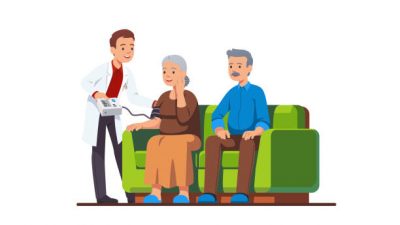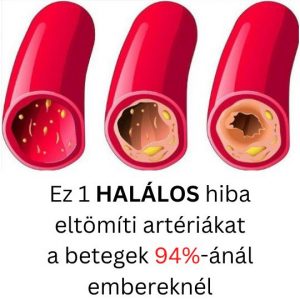The #1 Rated Blood Sugar Formula
Normal Blood Pressure in Relation to Age

Blood pressure is an important indicator of health, which is why many doctors recommend monitoring it at home as you age. However, there's no point in doing so if you don't know what the readings mean or how to collect them properly.
Moreover, readings change throughout the day and can depend on factors such as hydration and stress. In addition, the ranges of numbers indicating high, low and normal blood pressure vary with age.
What is blood pressure?
Blood pressure is the force that propels blood through the arteries as it pumps through the heart, delivering oxygen and nutrients to organs and tissues throughout the body. Proper blood pressure is essential for organs to work well and avoid damage.
Blood pressure can vary depending on age, health and other lifestyle factors. Keeping these numbers in check is important because when blood pressure rises or falls rapidly, or remains high or low for an extended period of time, it can be a sign of poor health and lead to serious health consequences, including an increased risk of premature death.
One way to easily monitor blood pressure is with a home blood pressure monitor. In fact, many of the home blood pressure monitors in our ranking of the best blood pressure monitors of 2022 highlight features that make it easy to interpret whether your blood pressure is elevated or in the normal range through color readings.
However, although many home blood pressure monitors have features that make it easier to interpret readings, it is important to understand what the blood pressure numbers mean and which ones indicate a normal or high reading.
What do the blood pressure numbers mean?
The blood pressure reading consists of two numbers: the top number, which is called the systolic pressure, and the bottom number, which is called the diastolic pressure.
What is systolic blood pressure?
Systolic blood pressure measures how much pressure blood exerts on the walls of the arteries. "The pressure in the arteries changes with each heartbeat," - says Ian Del Conde Pozzi, M.D., a cardiologist and vascular medicine specialist at the Miami Cardiac & Vascular Institute. When the heart contracts, it pumps extra blood into the circulatory system, increasing pressure. This increase is measured by systolic blood pressure.
What is diastolic blood pressure?
Diastolic pressure measures the pressure in the blood system when the heart is at rest, Dr. Pozzi says. Systolic blood pressure is the highest pressure during a heartbeat, while diastolic blood pressure is the lowest pressure between heartbeats, when the heart relaxes for a while.
What is normal blood pressure?
Normal blood pressure indicates that the heart and blood vessels are not working too hard, and that the blood is not putting too much pressure on the vessel walls." - says Aseem Desai, M.D., a cardiologist at Providence Mission Hospital in Southern California. Recent data from the American Heart Association suggests that the optimal normal reading for adults over the age of 20 is less than 120/80 mmHg.
Dr. Desai notes that blood pressure can vary depending on a person's age, gender, race and ethnicity, but should still be within the general normal range. While numbers lower than 120/80 are generally considered normal, Dr. Desai adds, "The target blood pressure for treatment varies depending on age (e.g., if one is considered elderly) and associated comorbidities (e.g., diabetes)."
Normal blood pressure by age, race and gender
Previously, guidelines for normal blood pressure for adults varied according to gender and specific age, but the new data states that normal blood pressure for adults as a collective is less than 120/80 mmHg.
Regarding race and ethnicity, Dr. Desai says certain groups have higher rates of hypertension. "Non-Hispanic Black people have a much higher rate of hypertension compared to non-Hispanic white people, and Hispanics and non-Hispanic Asians have lower rates than the first two," he says.
The reasons for this disparity can range from substandard insurance and poor access to health care to gaps in the use of drugs to treat many conditions with "lower compliance in certain groups," - he adds.
Regarding gender, there is growing evidence of cardiovascular disease risk in women with blood pressures lower than what is considered normal, says Jennifer Wong, M.D., medical director of noninvasive cardiology at MemorialCare Heart and Vascular Institute at Orange Coast Medical Center in Fountain Valley, California.
[cool_tag_cloud on_single_display="local"]






